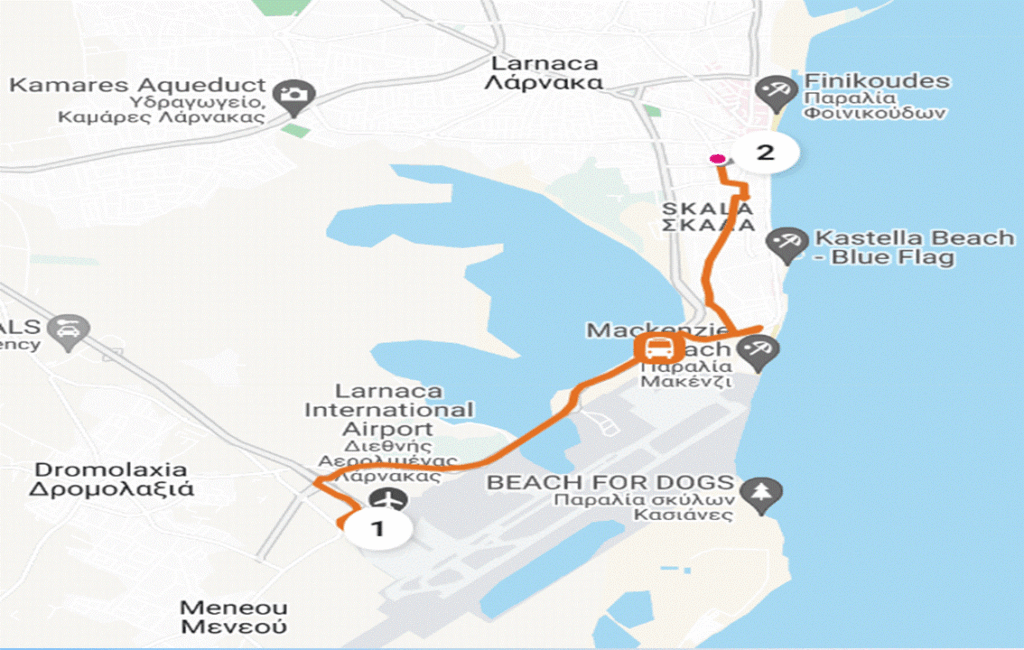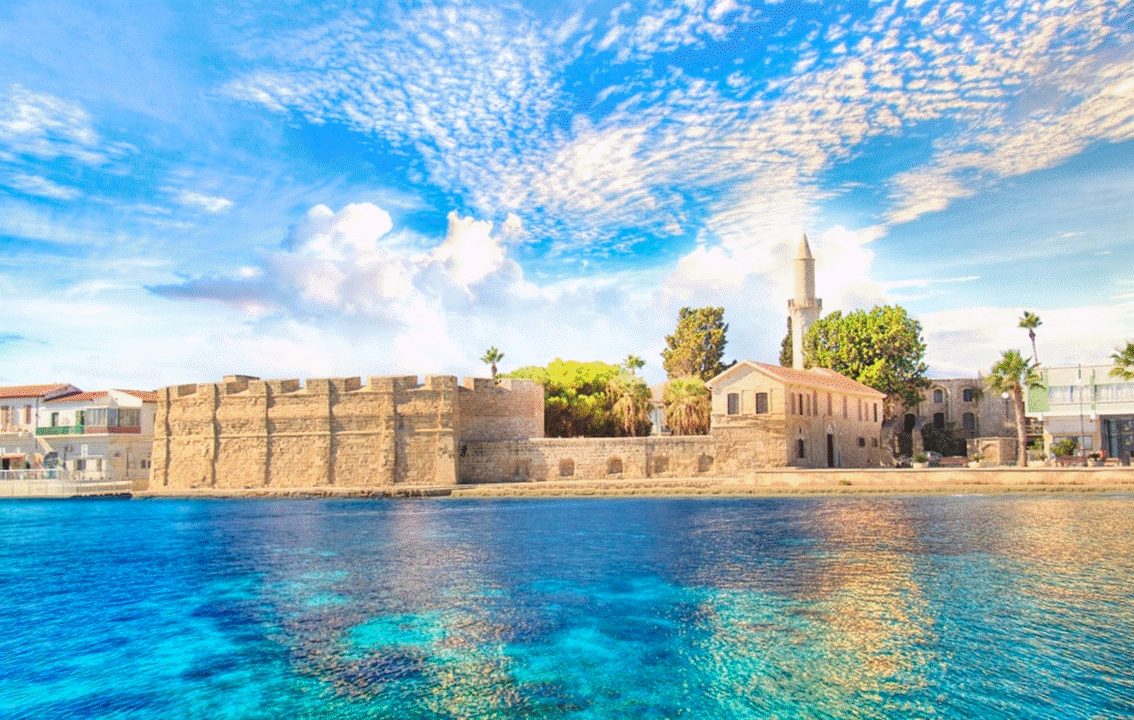DEFENDING LARNACA THROUGH THE AGES
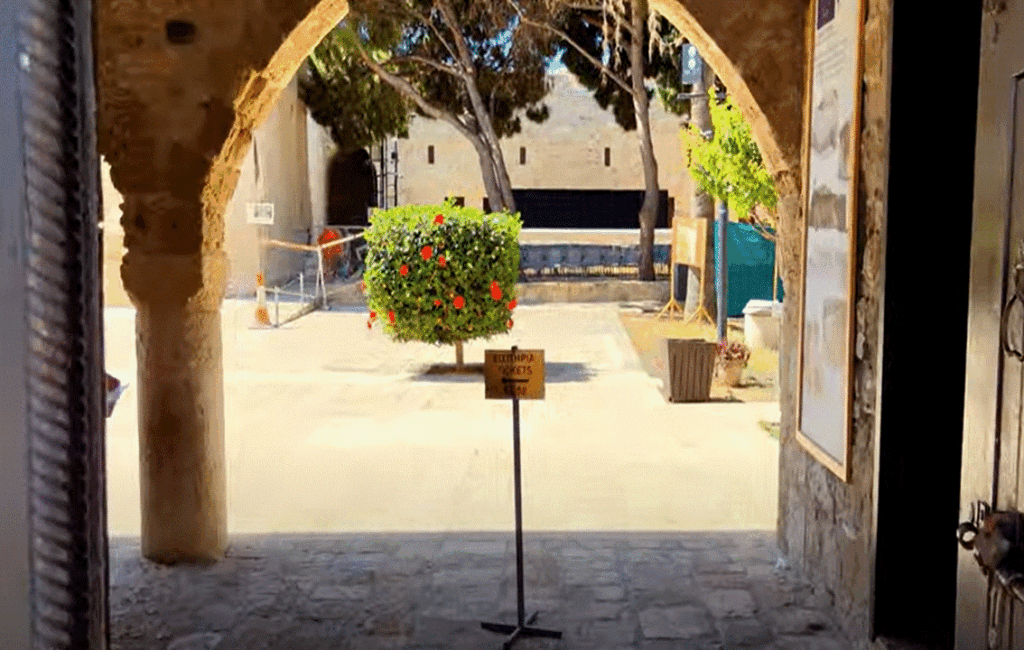
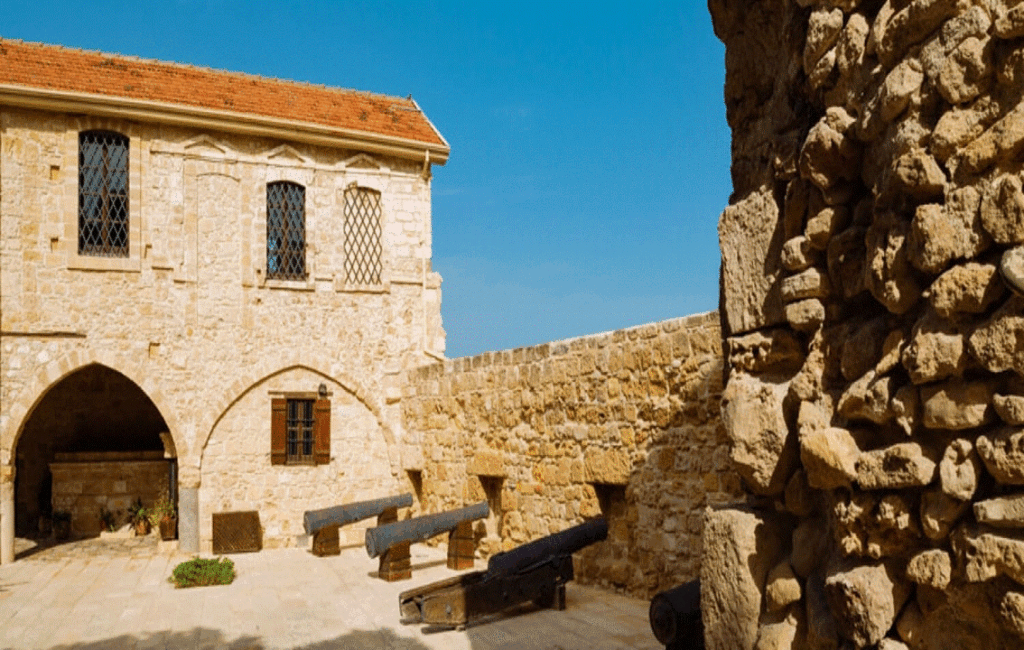
A RICH HISTORY
The Larnaca Fort is a medieval fort and castle stronghold that has a rich history. It is one of the oldest and most important historical landmarks in the region of Larnaca. Located on the coast, where both the Finikoudes and Mackenzie promenades meet, the fort has played a crucial role in the defence and development of the city over the years. The fort’s architecture and design reflect the various influences of the different powers that have occupied Cyprus in years gone by and creates a fascinating example of the island’s rich cultural heritage.
SEVERAL DIFFERENT USES
The fort has experienced several transformations with various rulers enhancing and renovating the site. The fort itself has been used in several different ways throughout the ages. These have included its use as a defensive castle, an artillery station, a military base, a storage facility for supplies and munitions, a governor’s residence and a prison with gallows. Today the fort is houses a historical and cultural centre, as well as a museum.
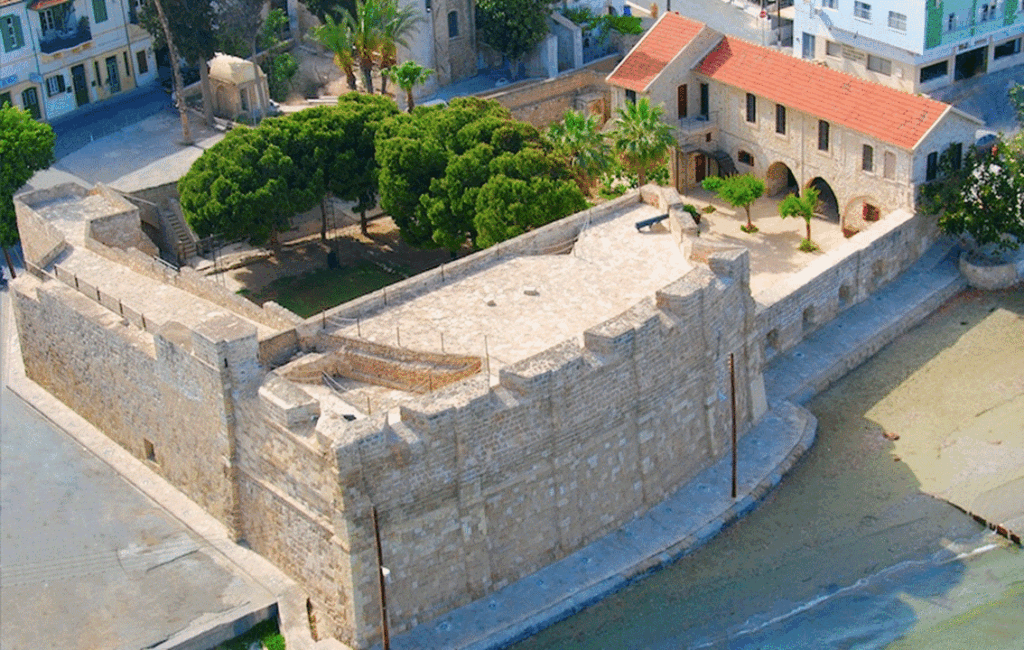

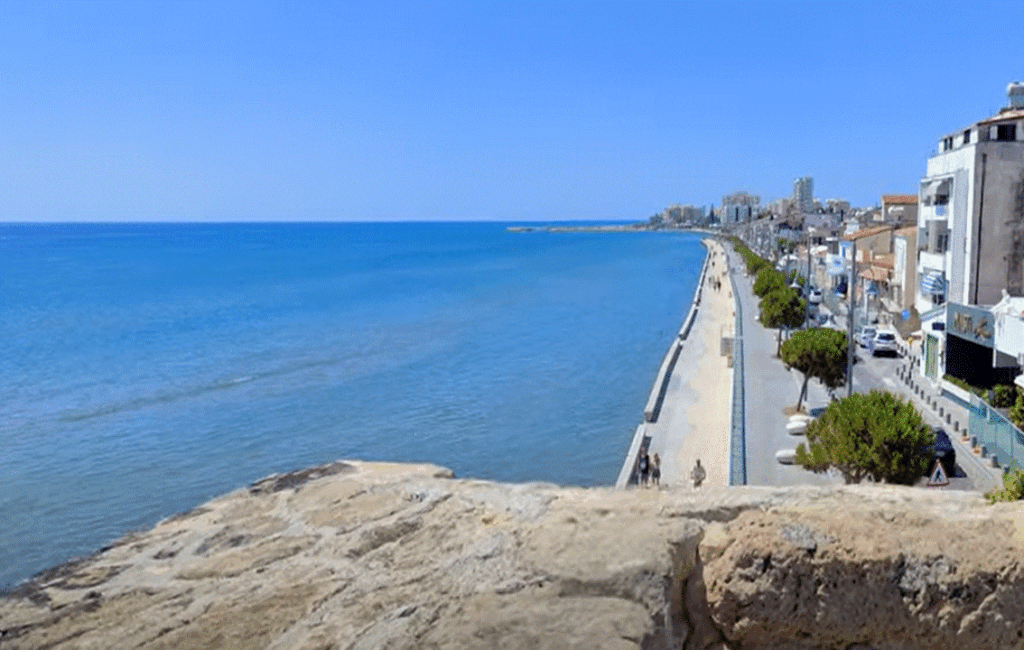
A MEDIEVAL STRONGHOLD
Archaeological research conducted around the fort suggests that initial construction began on a small keep in the late 12th century. This acted as a staging post controlling access to the city’s harbour. The Byzantines then extended this keep with the addition of some basic fortifications. The main structure, however, as we know it today, did not materialise until the late 14th century. Cyprus’s Lusignan rulers acknowledged and then exploited its strategic location on Larnaca’s coast. They extended the crude Byzantine fortifications and built a series of new out buildings, a moat and drawbridge, and a solid defensive wall, creating a proper castle. Rectangular shaped limestone blocks were used for its construction, and the main walls consisted of imposing towers in each corner. The new fort became a military base allowing the Lusignan rulers to effectively control and protect the city and the harbour.
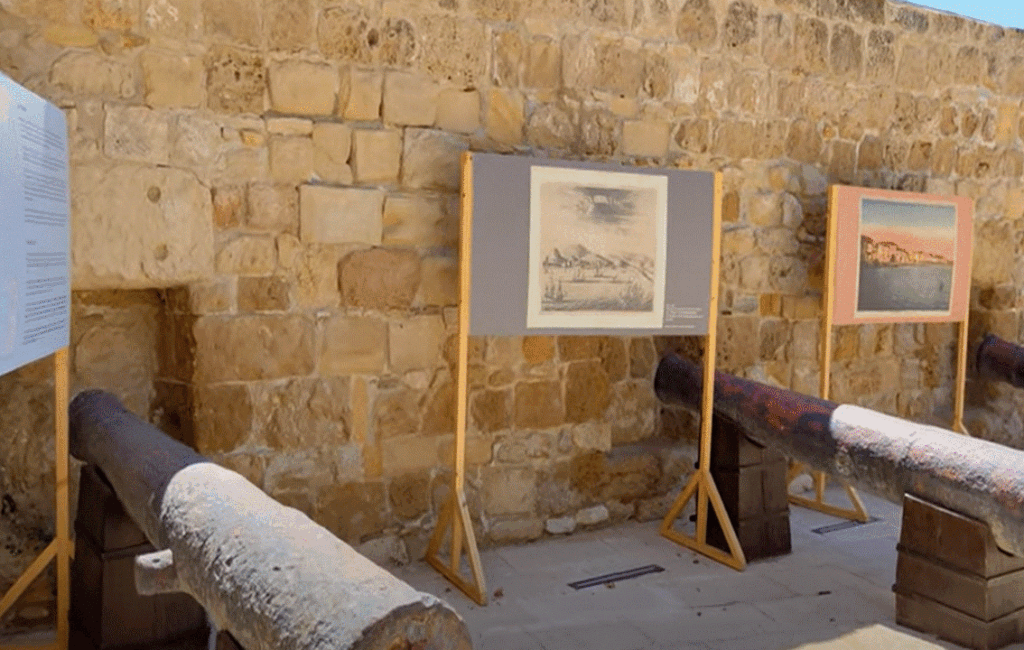

THE CANNONS OF LARNACA
Venetian rule, nearly one hundred years later, saw cannon introduced to the fort. This was in response to an ever-increasing threat from an expansionist Ottoman Empire. This made it impossible for hostile ships to land anywhere in the immediate vicinity. The fort with its new cannon also afforded protection to ships anchored near and in the natural harbour. As well as a base for artillery, parts of the fort also acted as a storage facility for weapons and munitions. Venetians would eventaully use the fort to great effect, as part of their defence of the island against a large scale Ottoman invasion in 1570.
A VALIANT DEFENCE
The well-defended larnaca fort put up a valiant defence, but it eventually fell to the Ottomans after a dramatic siege. The Ottomans by 1571 went on to occupy the whole island and effectively ruled for just over 300 years. During this time, they made several modifications to the fort, eventually becaming a military barracks for Ottoman foot soldiers. Part of the fort also became a place of worship when they installed a mosque with a minaret to the site.
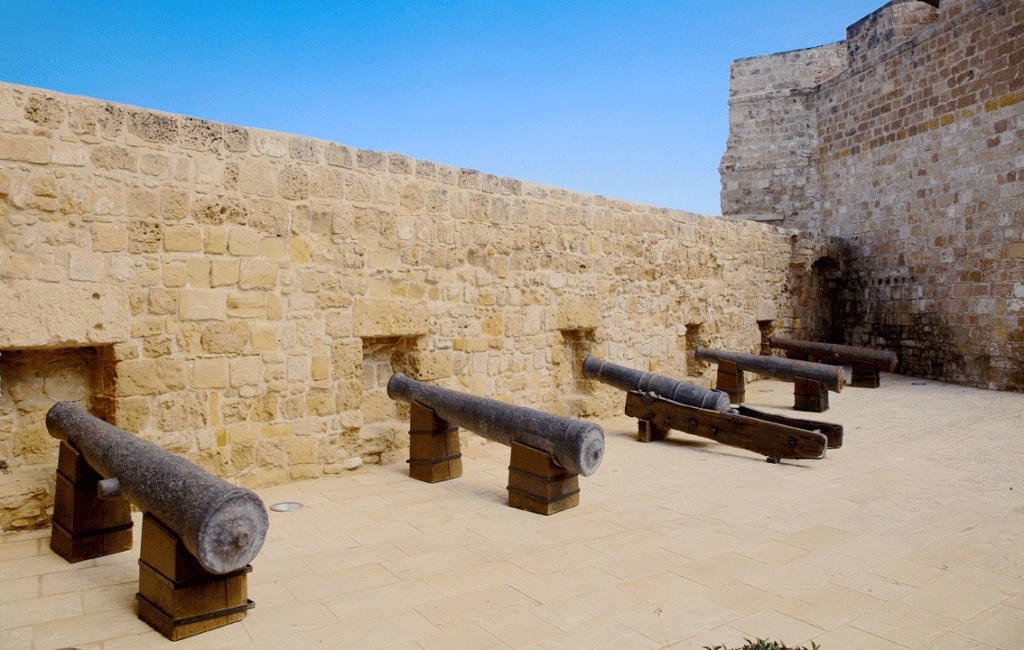
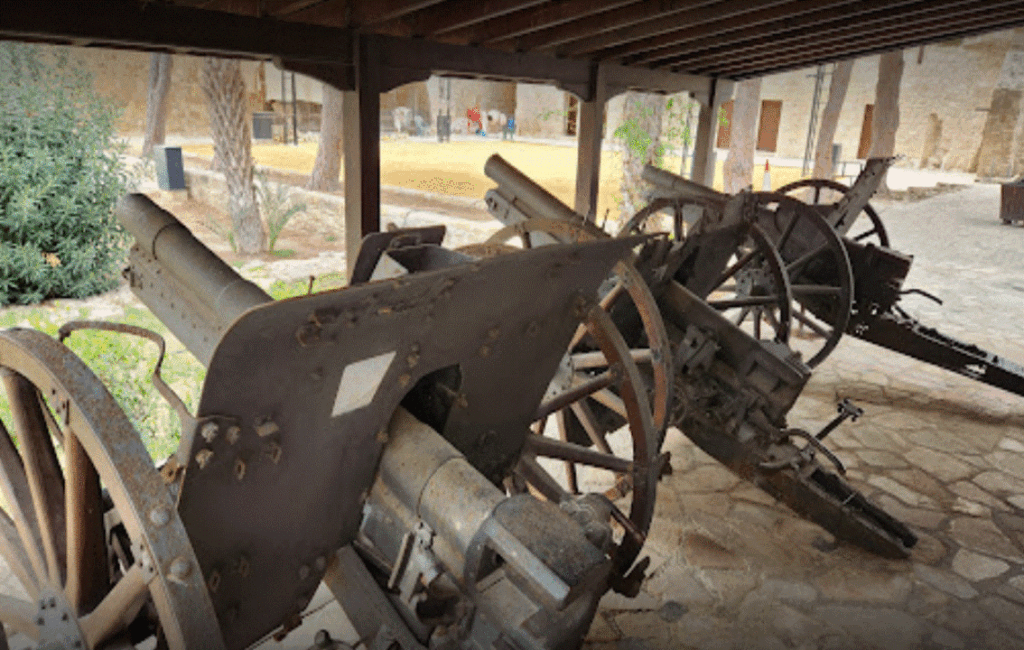
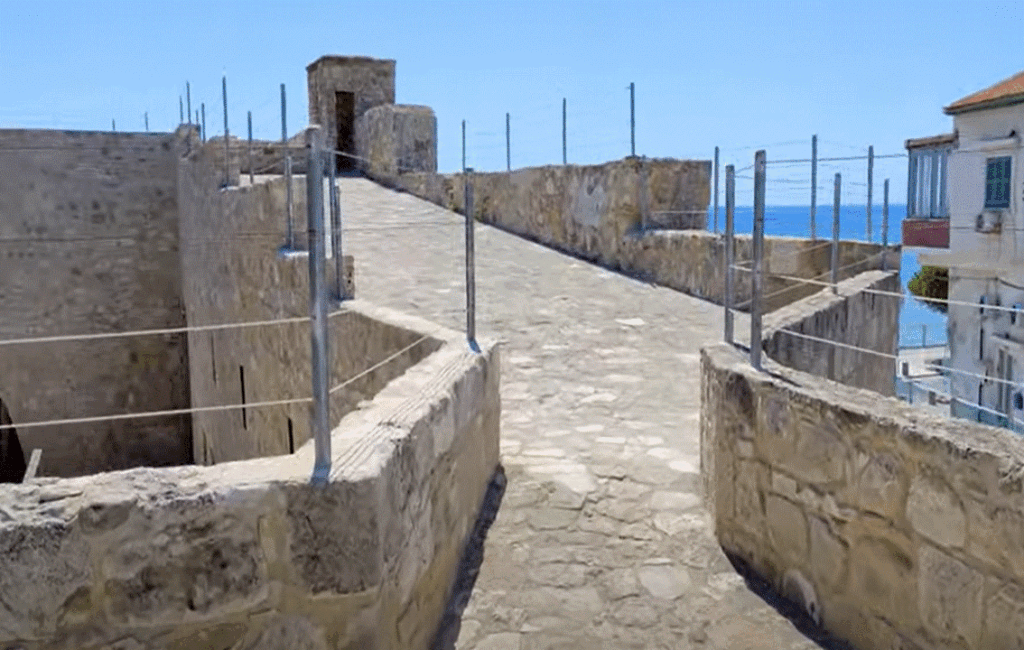
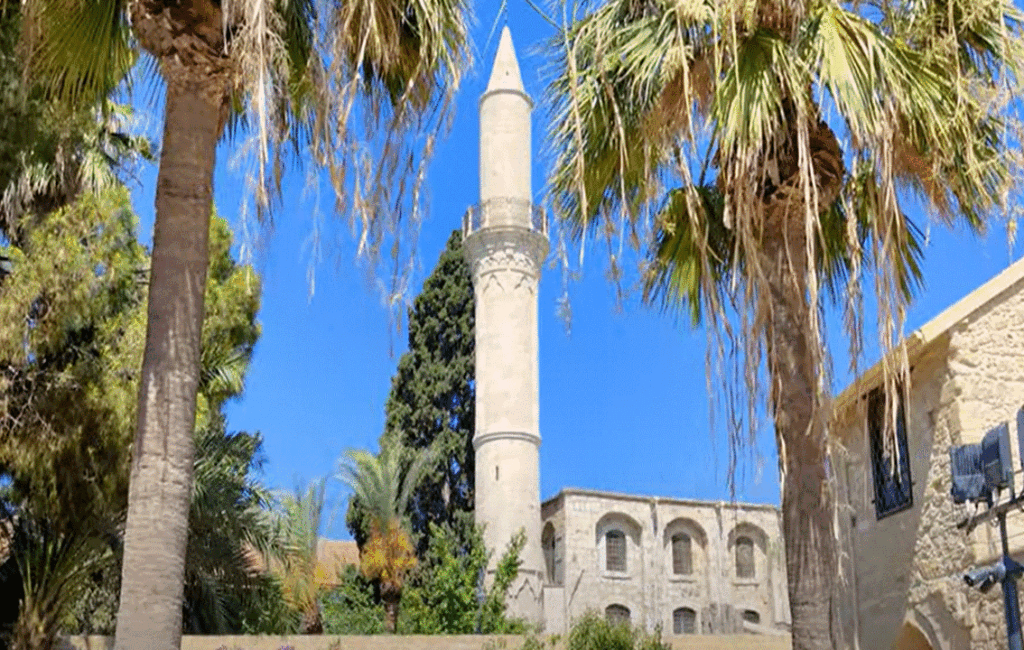
A NEW PRISON
British Colonial rule began in the late 19th century. This led to yet another use for the imposing fort. British administrators initially converted the fort into Larnaca’s police headquarters. Salt, from the nearby salt lakes, became a major export at the time and part of the fort also became a storage facility for the commodity. The Ottoman barracks were converted to prison cells. Several prisoners were also executed at the site after the gallows were later introduced. The last of which took place in 1948.
WORLD WAR II
The fort played a crucial role in the defence of the city during World War 2. It became a key strategic location for the British forces including the CYPRUS VOLUNTEER REGIMENT. The fort became a military base and it was heavily fortified and equipped with anti-aircraft guns. It mainly defending the city against air raids, but more importantly served as an important look out post for spotting enemy aircraft.
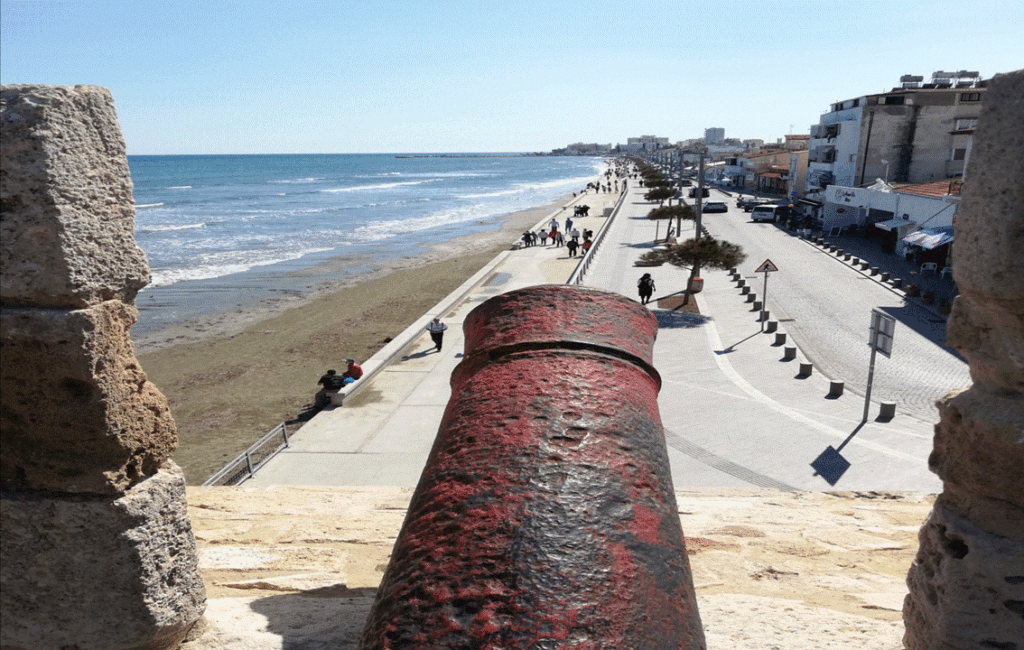
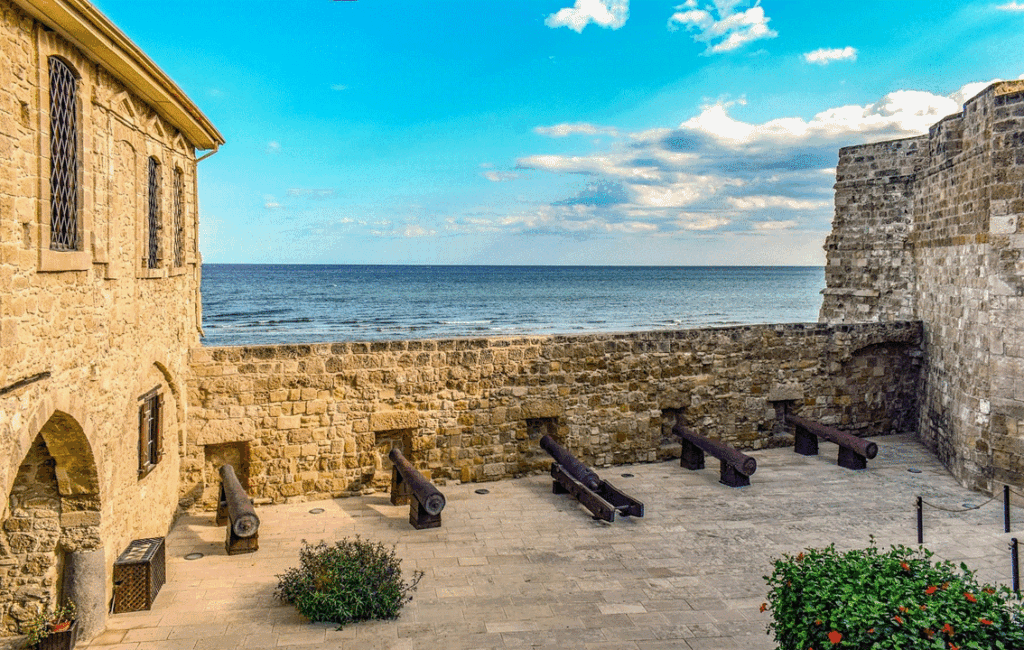
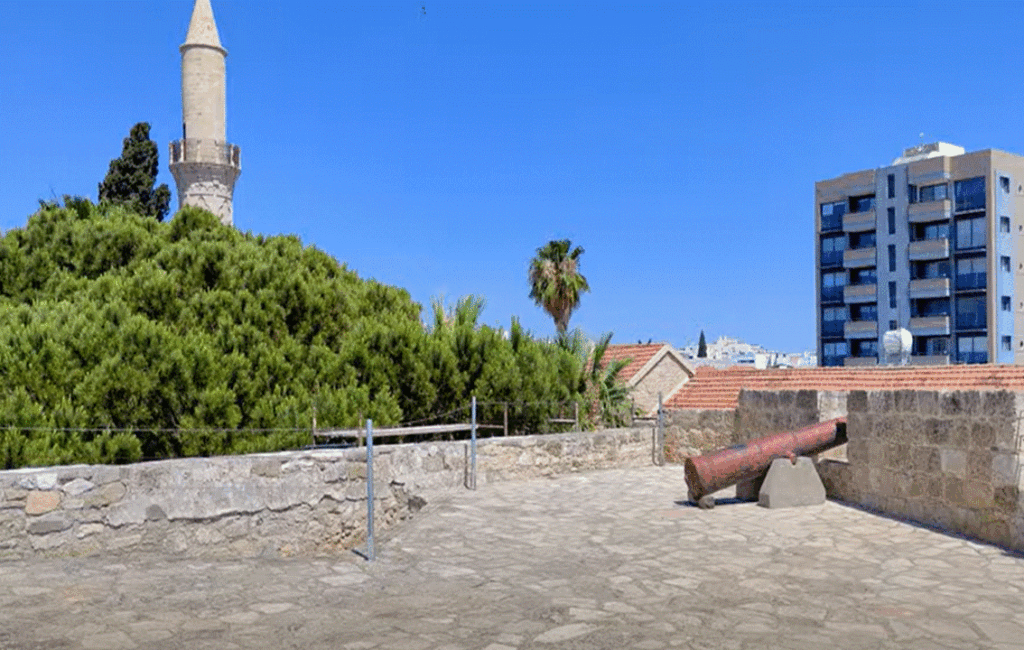
AN ADMIRED MUSEUM
After the declaration of Cypriot independence in 1960, the site became a museum. The musem today houses artefacts and exhibits related to the medieval history of the fort and the City of Larnaca. The fort’s courtyard also acts as an open-air theatre accommodating up to 200 people. The structure’s picturesque location, near Larnaca’s bustling promenades, has seen it become a popular tourist attraction, drawing visitors from all over the world. Visitors are encouraged to explore the fort’s ancient walls, towers, and dungeons and they have the opportunity to learn about its fascinating history through interactive exhibits and guided tours. They can also stand on the ramparts overlooking stunning views of a Mediterranean Sea that has hardly changed since the forts construction all of those years ago.
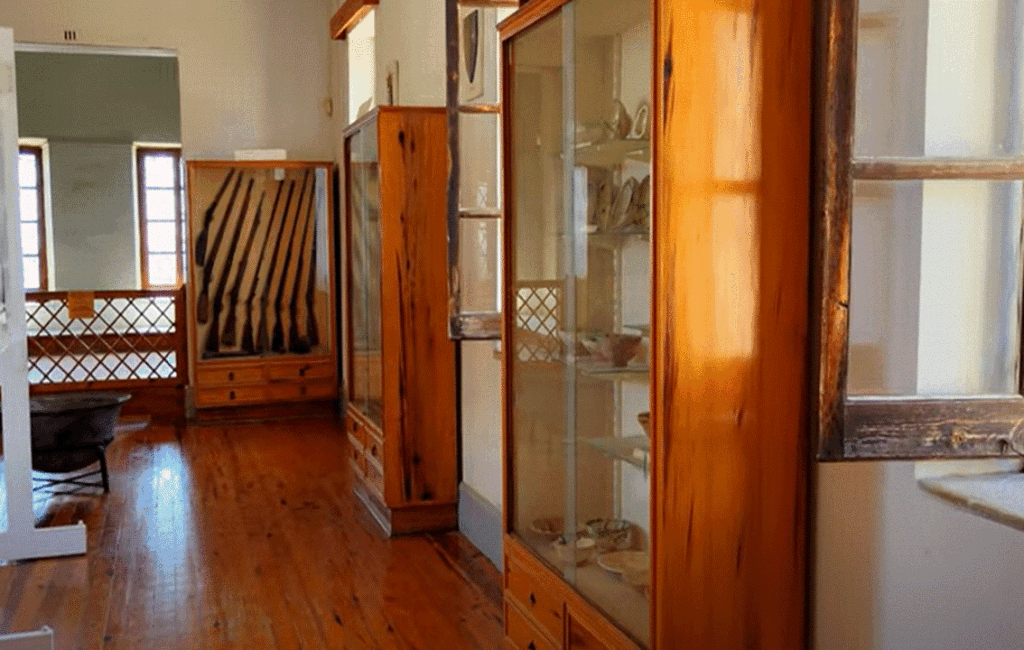
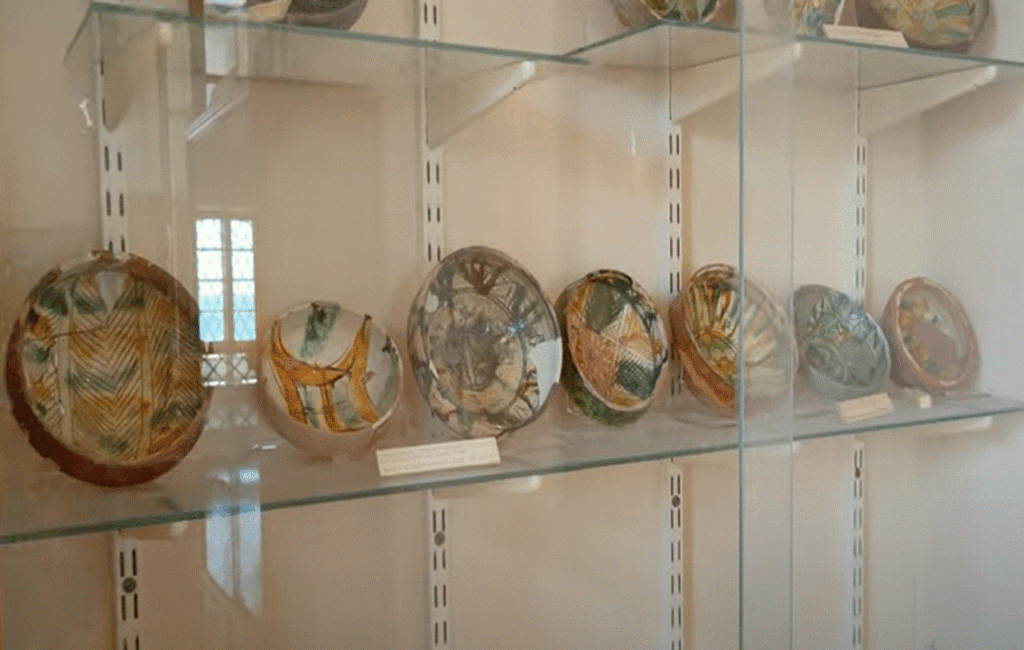
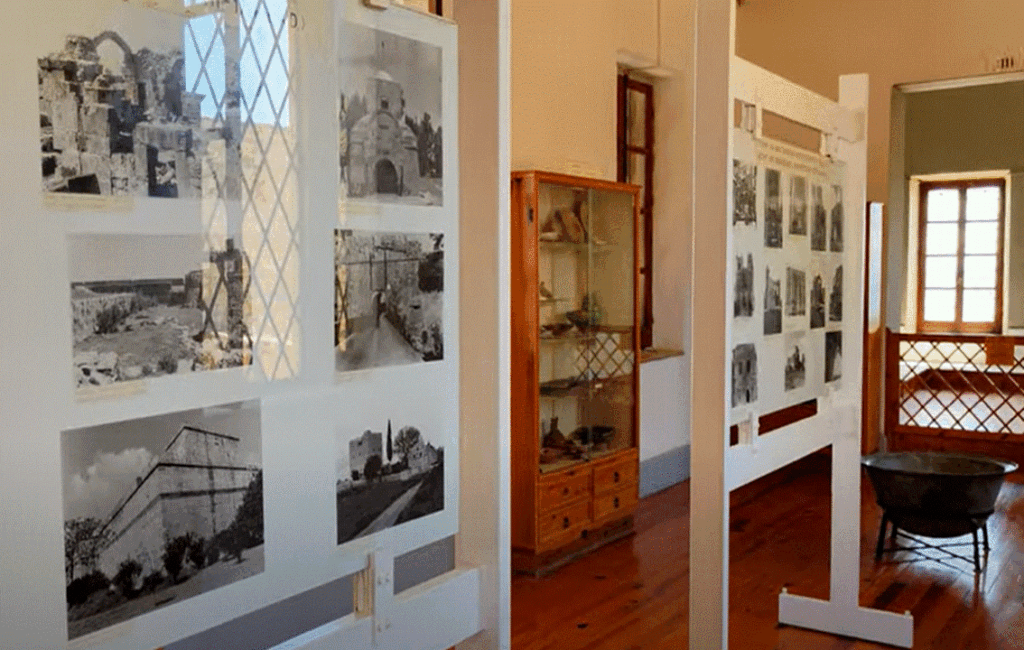

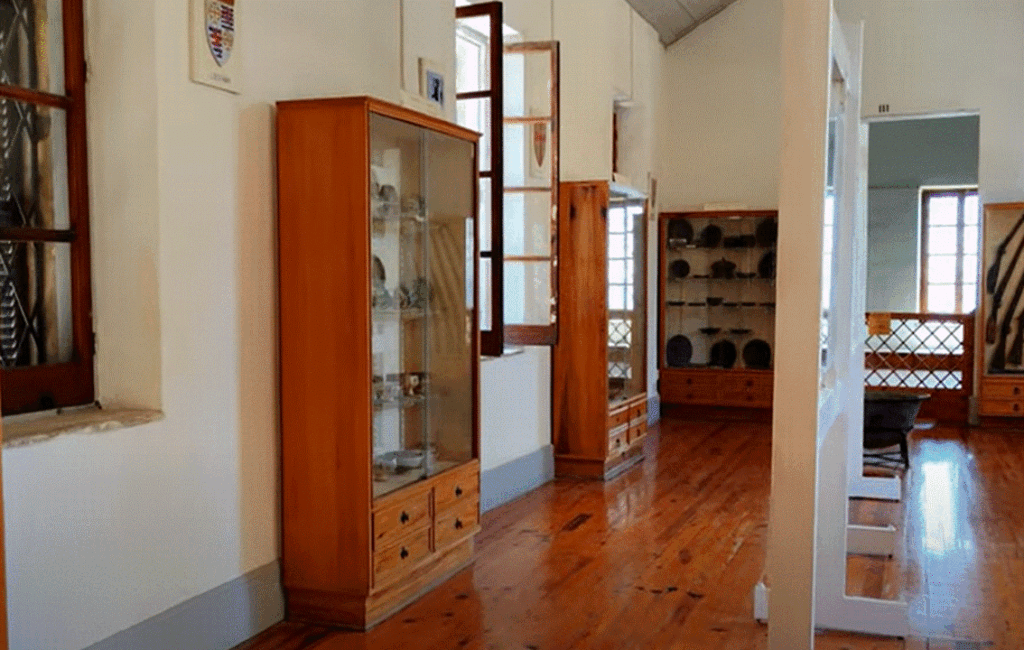

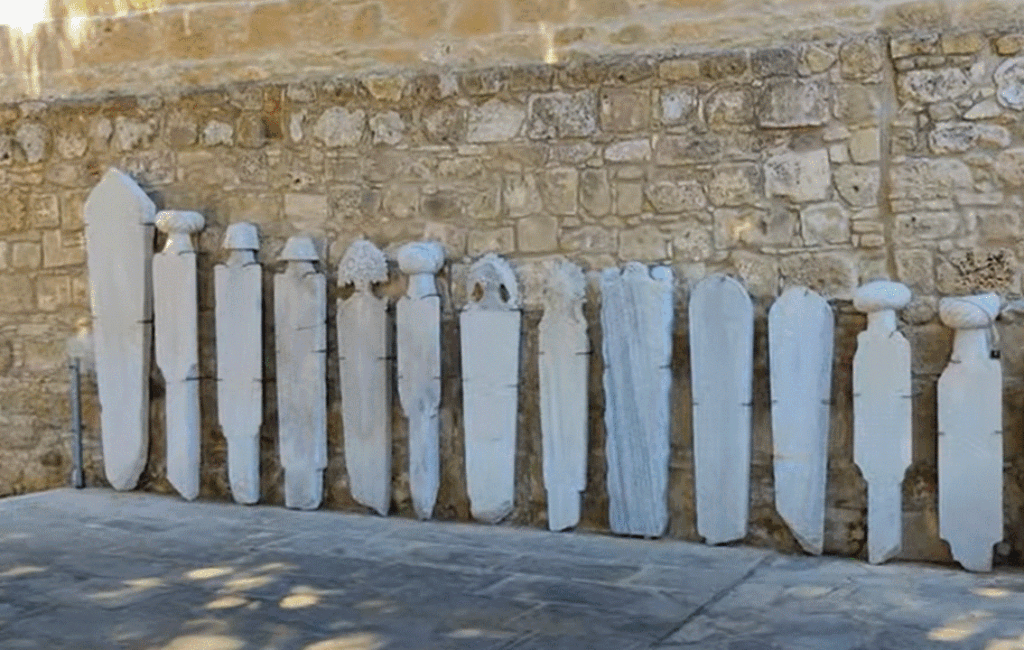
A LEGACY
The Larnaca Fort is an admired historic landmark that has witnessed the changing tides of history over the last 700 or so years. The fort stands as a testament to the resilience and ingenuity of the Cypriot people and is a reminder of the enduring legacy of Cyprus’s rich and diverse history. This remarkable site has stood the test of time. It has witnessed countless events that have shaped the history of not only the City of Larnaca but also the whole island. Serving as a constant reminder of the island’s past, the fort continues to attract tourists and history enthusiasts, who are eager to explore its ancient walls and learn about its fascinating history first-hand. From its origins as a simple medieval keep, to its current role as a museum, the fort has played a crucial role in the development of the City of Larnaca. Its rich history and architectural significance make it a must-visit destination for anyone interested in Cypriot history and culture.
Museum hours of operation:
April 16th until September 15th
Weekdays 8.00am – 7.30pm
Weekends 9.30am – 5.00pm
September 16th until April 15th
Weekdays 8.00am – 5.00pm
Weekends 8.00am – 5.00pm
A minimal charge is applied for entry (Children are free)
Tel: 24 304 576
The intercity bus into Larnaca Local bus 425 to Larnaca Fort
